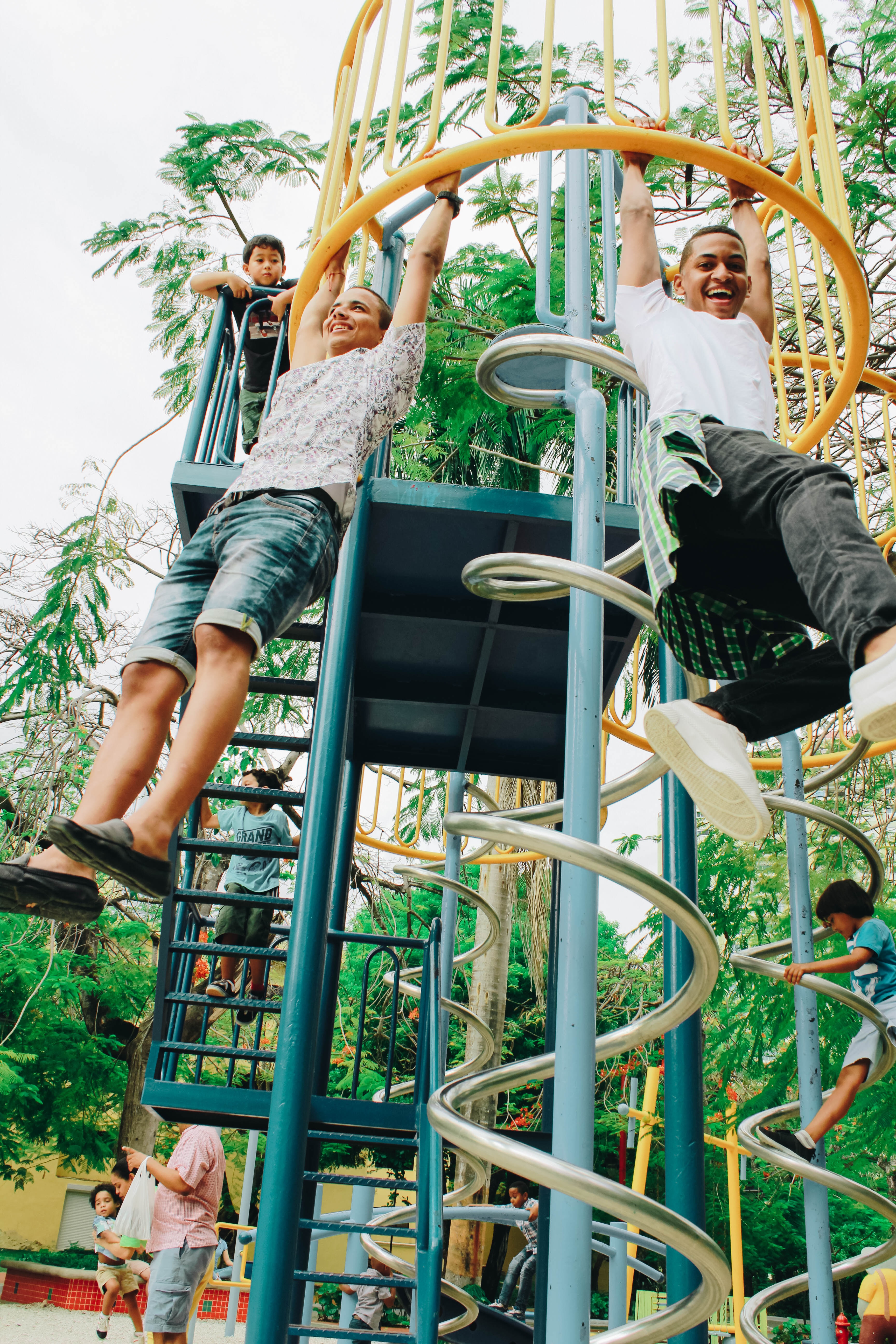5 Tips for Making School Playgrounds More Inclusive
Posted by May Recreation Content Team on

You want a playground that gives everyone a chance to learn and have fun outdoors. However, some children with physical or intellectual limitations have a harder time navigating a traditional play structure than others. That’s why it’s important to make a few simple changes to ensure all children have a great time at recess. Check out these five tips for making school playgrounds more inclusive.
#1: Include More Ground-Level Play Activities
The first step to making your playground more inclusive is to include ground-level play activities. These can be number boards, ropes, swings or whatever else you deem is fun. The basis behind this is not all kids have the same physical strength to be able to climb, could be too young, or might be confined to a wheelchair. Ground-level activities allow everyone to enjoy the structure.
#2: Reduce the Number of Uneven Surfaces and Narrow Spaces
Uneven surfaces and narrow spaces are difficult for some children with special needs to navigate. Furthermore, some may also need an adult monitor, who might have trouble fitting into tight spaces. For a more inclusive playground, make sure to keep areas wide and surfaces as flat as possible.
#3: Add Modified Swings
While some elements of adding inclusive factors to your playground can be expensive, one of the most cost-effective is modified swings. There are a multitude of different designs available to help those with mobility issues still enjoy the benefits of an afternoon on the playground. What’s great about this aspect is it makes an easy retrofit to an existing structure for organizations that want to increase inclusion but don’t have a huge budget.
#4: Consider Other Modified Equipment
In addition to swings, there are many other pieces of equipment that can be modified to increased inclusion. Elevated sandboxes are another great way to modify equipment to foster inclusion for children who cannot bend or stoop. Certain extra-wide slides and even stairs may all be modified to make the unit more enjoyable for children at all levels.
#5: Choose Bright Colors
It may seem like a simple approach, but even the colors of equipment you choose for your park or playground may have a dramatic impact on certain children. Those with vision problems are much more likely to see a bright hue from a distance, making the play structure much more inviting to their needs.
The main goal of any playground is to create a welcoming and fun environment for our kids. By keeping these five tips in mind, you’ll be able to give everyone a chance at having a great time. After all, isn’t that what we all strive to do when creating an outdoor play space? Those looking for more information on this topic should read this report from Grand Valley State University that takes the concept of playground inclusion a step further and matches various physical and mental limitations with different structure aspects.
If you’re interested in exploring these five inclusion tips for your school, park or worship center playground, please contact us today. Our May Recreation team is happy to discuss new builds or modifications of your current play structure.
